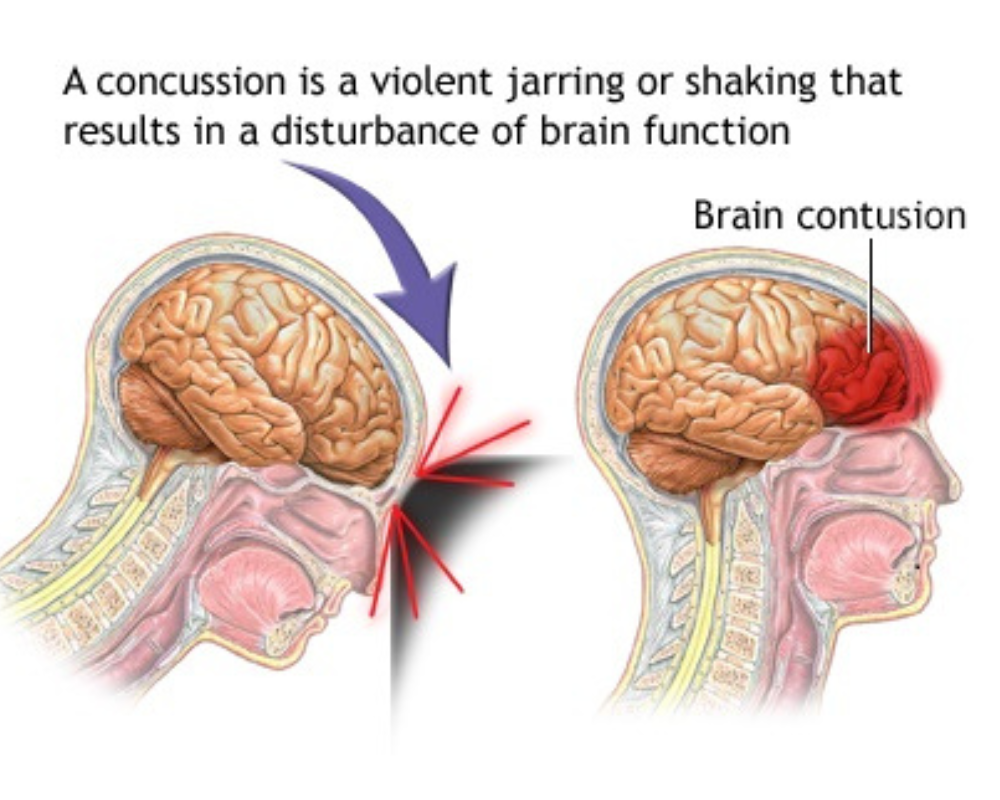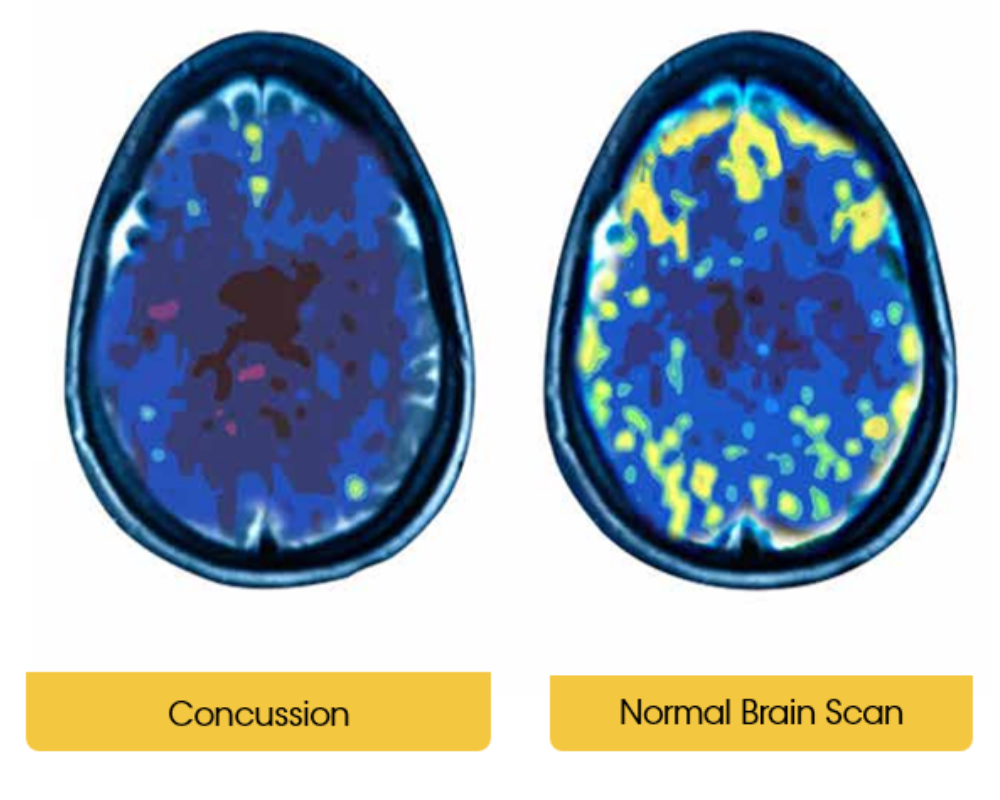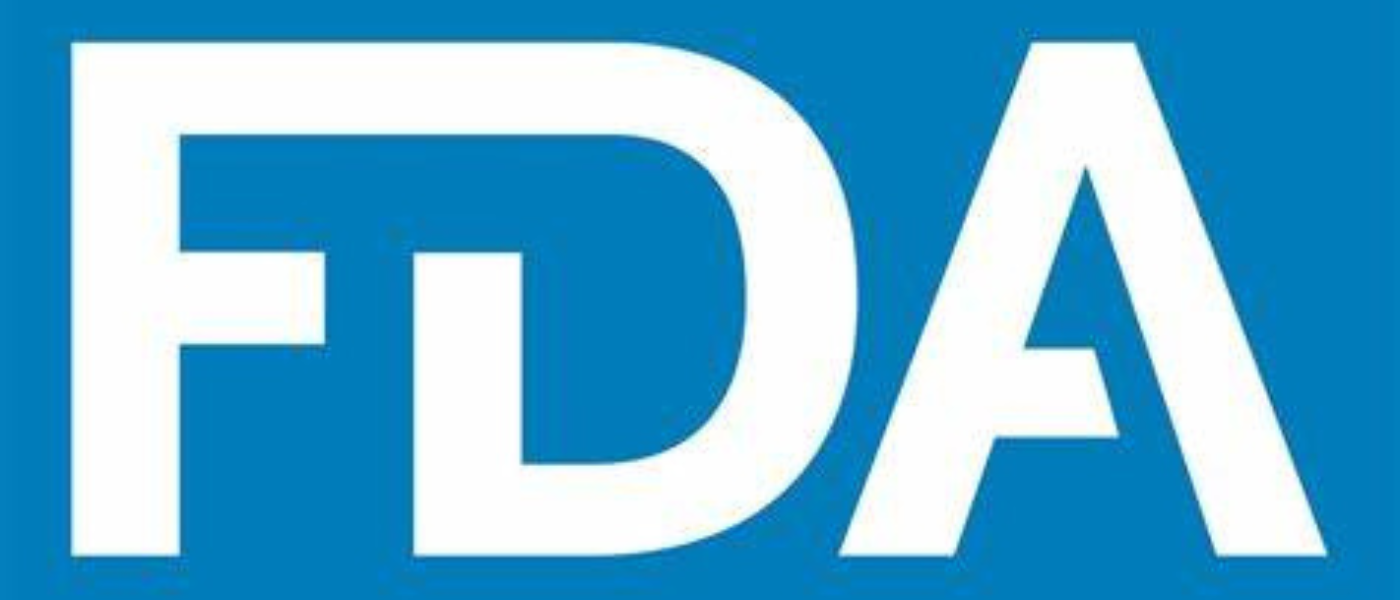Receiving head trauma is not only painful. it is also quite dangerous after a car crash and other major events. It may sometimes lead to post-concussion syndrome, which is much more severe than a simple headache.
Did you recently experience head trauma? If so, you might be interested to know what post-concussion syndrome is. This article will also see TMS therapy as a promising alternative. Is TMS treatment for post-concussion syndrome backed up by the evidence?
But before talking about transcranial magnetic stimulation, let us define post-concussion syndrome.
TMS uses a magnetic field to create a pulse strong enough to reach the part of the brain damaged by the trauma of a concussion. It helps reconnect the neural pathways, increases the connectivity of the brain cells, and increases the production of neurotransmitters.
The symptoms of depression and post-concussion syndrome are extremely similar and stem from a lack of connectivity between neurotransmitters and receptors in the neural network of the brain. Depression is more of a chronic slowdown, whereas concussions present an acute and immediate injury from trauma. TMS stimulates the production of neurotransmitters and helps with disrupted connectivity, either as a result of trauma, in the case of concussions, or with a chronic condition like depression.
TMS treats a long list of conditions, including depression, OCD, PTSD, post-concussion syndrome and other neurological/behavioral health issues. Each condition has a specific TMS treatment protocol. The variables that differ with each protocol include the location/placement of the coil, the frequency of the machine (intensity), the amount of pulses and pauses during the treatment session, and the duration of the session plus the total amount of sessions.
For instance, the treatment protocol for depression is the coil is placed on the left DLPFC, 50hz, 3 minute sessions and a total of 36 sessions. The treatment protocol for post-concussion syndrome, the coil is also placed on the left DLPFC, but the frequency is 10hz and the treatments are 7 minutes and 20 total sessions.
Treatment sessions for post-concussion syndrome are 7 minutes. Most of our patients treat twice a day, with about 45 minutes in between sessions. They spend a total of about one hour at our office per day of treatment. The total amount of sessions for post-concussion syndrome is 20 sessions so if you treat with two sessions per day, a patient can be done in 10 days.
We understand the time commitment TMS presents. We are extremely flexible with our scheduling and have seen patients as early as 6:00 am and as late as 8:00 pm if need be. Our patients usually text back and forth with our staff to accommodate changes in daily schedules.
Yes. The effectiveness of the treatment only tends to wane if more than 3 or 4 treatments in a row are missed. However, we do suggest that if someone is planning a vacation longer than an extended weekend, to start TMS when they get back.
We establish a patient baseline with the Rivermead Post Concussion Questionnaire. We then chart the patient’s progress throughout their treatment. We see an average of a 75% reduction in post-concussion symptoms and have many clients who have returned to being completely asymptomatic.
Absolutely not. It feels like a TENS unit or a slight tapping sensation on your head. At worst, it can be described as annoying, but some patients have even dozed off during treatment.
The only known side effects are mild scalp discomfort or slight headaches after treatment. TMS has none of the systematic effects associated with medication.
Post-concussion syndrome is a consequence of brain injury. It happens after head trauma and includes several signs and symptoms. These people may experience behavioral, cognitive, physical, and emotional changes.
In most cases, post-concussion syndrome happens in mild cases of head trauma. Causes include non-penetrating trauma, blunt force, and sport-related injuries, among others. After experiencing these events, people may experience transient changes in consciousness. Then, after these acute symptoms resolve, post-concussion syndrome ensues.


Post-concussion syndrome features a wide range of signs and symptoms. These patients may experience:
Not all patients will experience all symptoms. They vary in presentation and severity. Most of them resolve after no more than 14 days. However, some would remain for a longer time. When symptoms stay for three months, it is called persistent post concussion syndrome.
TMS treatment for post concussion syndrome is a promising alternative to accelerate the recovery after head trauma. A recent review evaluated data from 11 studies reporting excellent results in most of them. Since TMS does not cause any side effects, it can be applied to these patients without a problem.
Transcranial magnetic stimulation works by sending a signal to the brain. This magnetic signal modulates how the nerves connect with each other. TMS progressively changes brain chemistry and helps patients recover from the sequelae of post-concussion syndrome.
TMS treatment for post-concussion syndrome has been studied and published in several journals. One of the most recent articles was a systematic review of the evidence. In other words, the authors collected many studies, merged the data, and analyzed them to see their strengths and weaknesses.
According to the evidence, transcranial magnetic stimulation works in three areas:
Post-concussive syndrome is sometimes persistent after head trauma. These patients usually have various symptoms, including cognitive impairments, headaches, and depression.
Transcranial magnetic stimulation is a suitable alternative to treat these symptoms. It can be adopted as a part of the treatment without any side effects. Studies show headaches, post-concussive depression, and cognitive function improve after TMS therapy.
Such promising data from pilot trials prompts larger studies in the future. This happened in the past with depression, and now TMS therapy is an FDA-approved treatment for this condition. It is known to modulate brain chemistry without drugs or invasive treatment, stabilizing the symptoms and speeding up recovery.
“If, while waiting for your appointment to be seen by a psychiatrist or Qualified Mental Health Professional, your situation deteriorates or you experience thoughts of harming yourself or others, please call 911 or proceed to the nearest emergency room immediately. You may also call the suicide hotline at 800-273-8255.
*** For any medical procedures, patients respond to treatment differently, hence each patients’ results may vary.
****Information on this site is not intended or implied to be a substitute for professional medical advice or treatment. All content contained on or available through this site is for general information purposes only.
*****By using this website and sending us your information you are giving us permission to contact you by electronic and non–electronic means. We also track the conversions and collect user data to improve marketing.
******If you are vision-impaired or have some other impairment covered by the Americans with Disabilities Act or a similar law, and you wish to discuss potential accommodations related to using this website, please contact us.
We specialize in treating moderate to severe depression for all ages with Transcranial Magnetic Stimulation (TMS therapy). TMS is the most advanced FDA-approved depression treatment.
